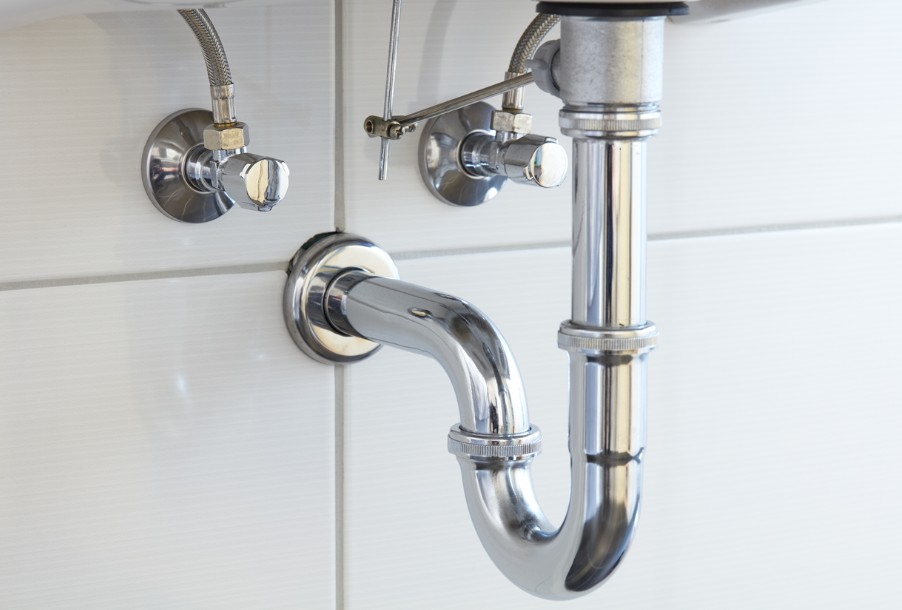In our modern age, we sometimes forget how much of a luxury it is to have indoor plumbing.
The invention of plumbing is practically a cornerstone of human achievement as its a system we still use today and in every household. From building upon centuries of plumbing innovation, we have reached a point where it has become convenient, accessible, and has high sanitation standards.
Many have a vague idea that plumbing has been developed for centuries, but not about how indoor plumbing, in particular, was invented.
Understand when indoor plumbing was invented and gain a greater appreciation for it!
The History of Plumbing
Plumbing has a long history that spans centuries. It goes as far back as originating in ancient civilizations. With these civilizations, there were huge cities with many people living there. Having so many people in one place posed a problem regarding the need for water, bathing, and getting rid of waste.
The first ancient civilization that developed sewer pipes was the Mesopotamians around 4000 BCE. They used clay pipes to achieve this by making them detachable with replaceable segments for easy cleaning. Other forms of plumbing they contributed to were wells for capturing rainwater and even latrines made of bricks.
Building upon that, the Indus Valley civilization in 2700 BC made their pipes with broad flanges by using asphalt to promote strength since it helped prevent leaks. However, the Egyptians truly left their mark on the type of pipes used in plumbing since we still use it today – copper. Furthermore, lead pipes were introduced during the Roman Empire.
Speaking of the Romans, they continued to expand upon plumbing by introducing aqueducts and wastewater removal. These have come in handy for developing latrines and the cleanliness of public baths. Unfortunately, plumbing had no further strides in development after the fall of the Roman Empire until well over 1,000 years later.
How Plumbing in Cities Shaped Indoor Plumbing
Centuries earlier, people had been eliminating waste ineffectively by dumping it on the ground or into a river.
These unsanitary means of waste removal had become a problem for most densely populated cities during the 1800s. They had resulted in many people catching diseases from being exposed to human waste or even drinking it indirectly from bodies of water. The first step in combating this was developing separate underground water and sewage systems.
The innovations helped to shape modern indoor plumbing. In 1829, Isaiah Rogers built eight water closets in the Tremont Hotel of Boston, making it the first hotel with indoor plumbing. In addition, in 1833, running water was made available on the first floor of the White House. Unfortunately, these developments didn’t mean indoor plumbing became accessible to everyone. Indoor plumbing was still only available in rich people’s homes until the 1840s.
Innovations with Modern Indoor Plumbing
Modern indoor plumbing as we know it today didn’t begin until the mid-1930s. At this point, many undoubtedly know plumbing needs to be sanitary for public health. As a result, it pushed the United States to create hygienic guidelines and plumbing codes as hygienic systems were installed across the country.
Do you know the handle that you use to flush your toilet? You have Alfred Moen to thank as he invented the single-handle tap in 1937. Furthermore, sometime after World War II, it became apparent the dangers of lead poisoning. Before, plumbing pipes had been made of lead. To replace lead, the pipes used in plumbing had then transitioned into cast iron and plastics for plumbing materials.
For the most part, many homes had indoor plumbing in the early and mid-20th century. Yet, many would be surprised that some households didn’t get plumbing until the 1960s.
Indoor plumbing is an integral part of every household nowadays. People have realized the need for plumbing for hygiene and health for centuries. Plumbing has a long history with developments during the time of ancient civilizations. Many of these innovations were inspired by many people starting to live in bigger cities. It’s why when modern cities began popping up in the 1800s, it was imperative to find better means of waste removal. From there, plumbing continued to build upon itself to ensure clean water access and safe waste removal to the point that it’s now available to everyone today!

